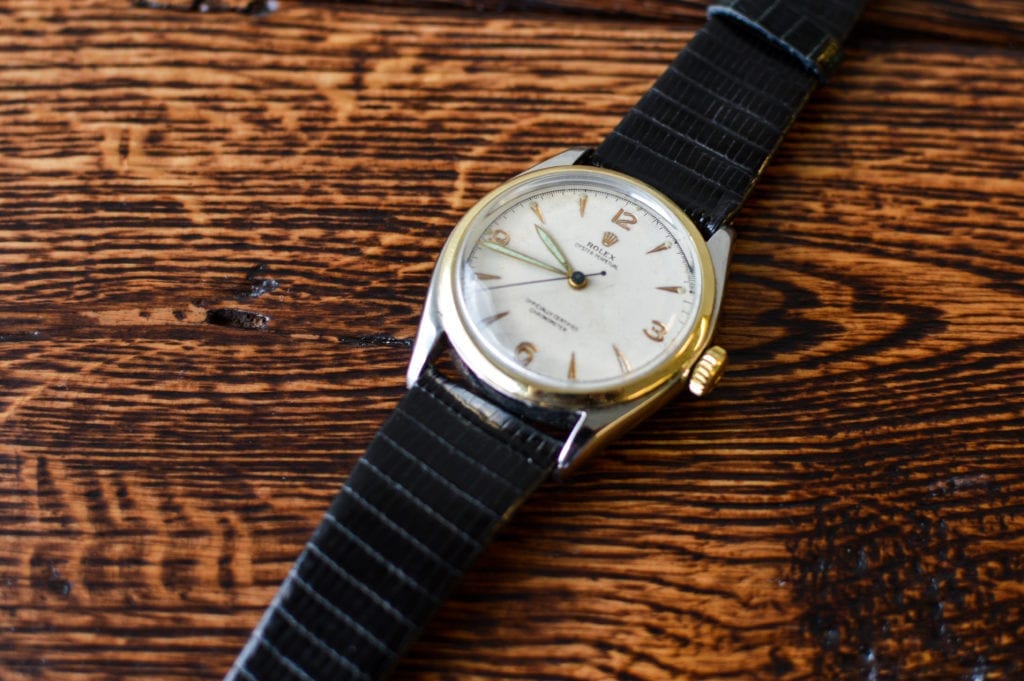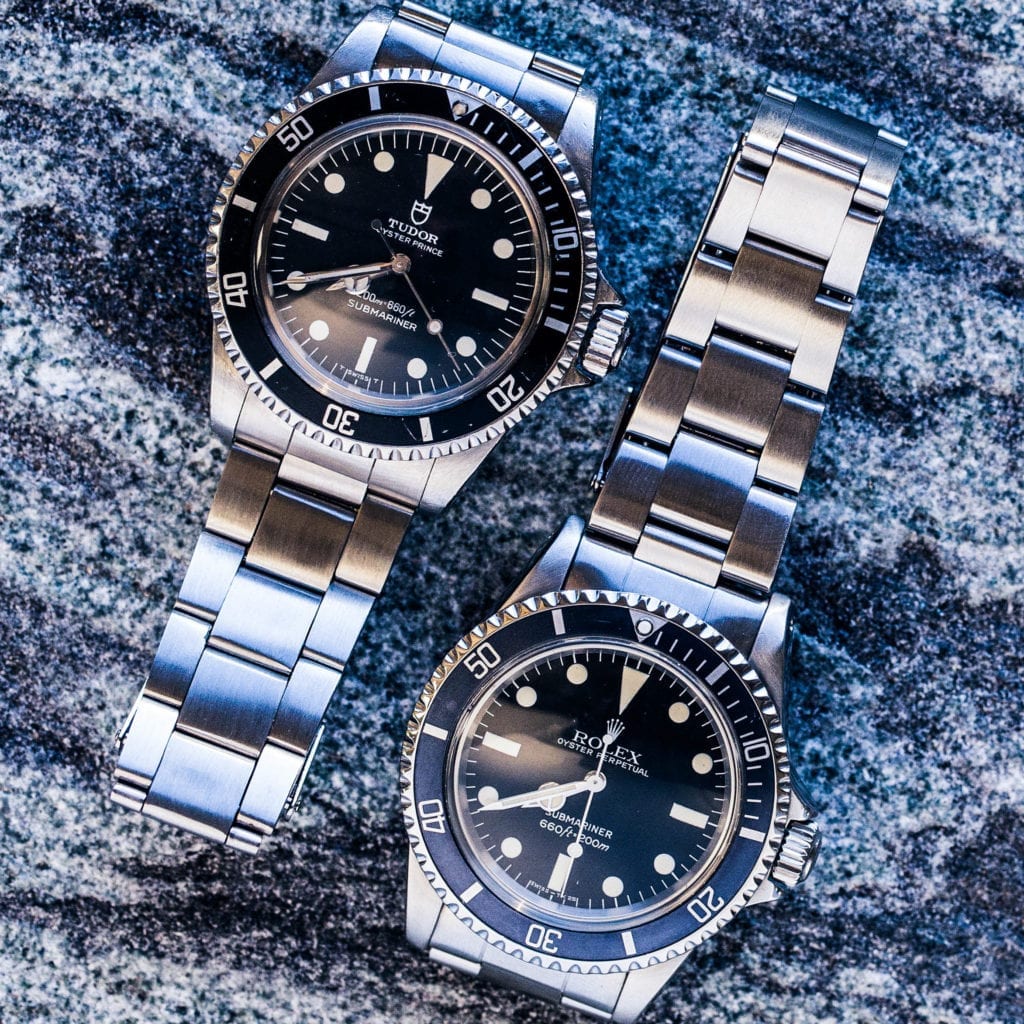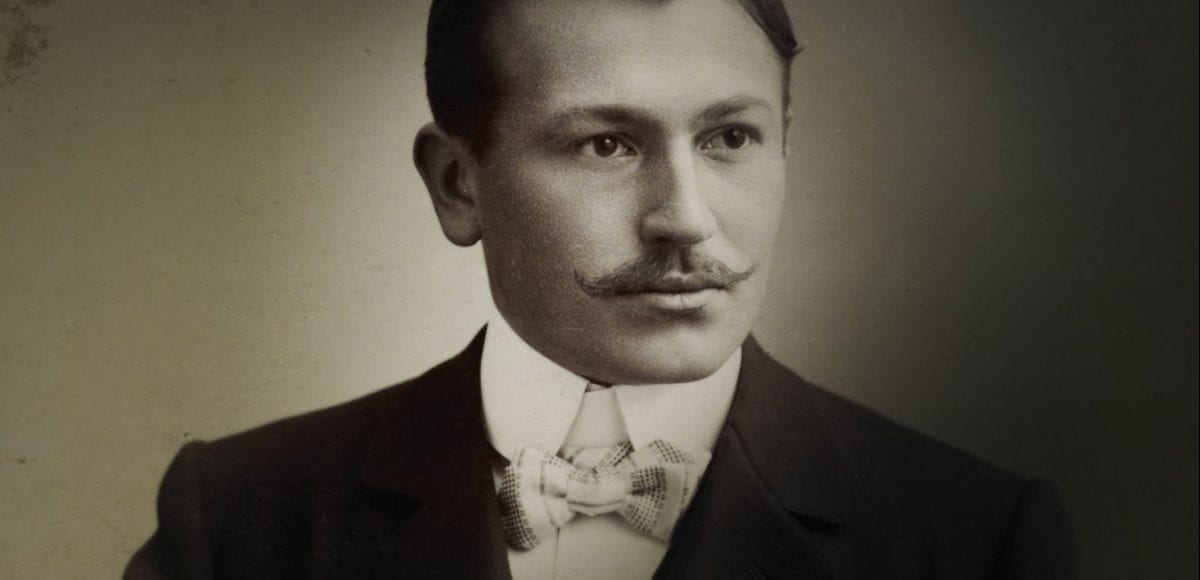An Early Calling to the Watch Industry
Today, we know Hans Wilsdorf as the father of two of the greatest watchmakers of all time: Rolex and Tudor. But before his name was forever etched into horological history, he was merely a boy from Germany with humble upbringings. Wilsdorf overcame incredibly challenging circumstances before rising to the status we’ve attributed to him for over a century. The passion and determination we associate with Wilsdorf’s approach to watchmaking is evident from a young age. It’s this attitude toward every challenge and triumph that led to his success.

Wilsdorf was born on March 22, 1881. He was the second of three children born to Anna and Ferdinand Wilsdorf. Both of his parents suffered untimely deaths, and by the age of twelve, he was an orphan. At a young age, Wilsdorf needed to learn self-reliance. Little did he know this inner strength and confidence would one day motivate him to build his own company.
Wilsdorf’s uncles elected to liquidate his father’s business and the family’s remaining possessions and send the children to boarding school. He excelled in academia and began his career with an apprenticeship with a prominent pearl exporting firm. In 1900, at age nineteen, he relocated to La Chaux de Fonds. Here, he worked as an English correspondent for an exporter of Swiss pocket watches called Cuna Korten. It was there Hans Wilsdorf got his first taste of the watchmaking industry.
The Beginnings of the Rolex Future
For Cuna Korten, Wilsdorf primarily handled business correspondence, which allowed him to begin learning about strategic international marketing. However, he also gained exposure to working with the watches themselves. He helped wind models and measure their accuracy and quickly became fascinated with the idea of the perfect watch. However, his time there was cut short. He had to go back to Germany to serve in the army just two years later in 1902.

PHOTO CREDIT WIKIMEDIA COMMONS
After a short stint in the army, Wilsdorf relocated to London in 1903. There, he continued to work in the field of watchmaking. In just two short years, he felt equipped to set out on his own. At the age of twenty-four in 1905, that fateful year, Wilsdorf established the brand that would one day become Rolex. He first set up shop as Wilsdorf and Davis with his brother-in-law Alfred Davis. They began specializing in selling watches and watch parts. Within just a few years, the business started to take off, and in 1908 Wilsdorf officially registered the name Rolex.
WWI spurred changes for Wilsdorf and the Rolex brand. The British government increased customs duties to 33.3%, so he decided to relocate the company’s headquarters in Bienne in 1915. Just four years later in 1919, they relocated once again, this time to Geneva, where the Rolex offices remain today.
Rooting the Rolex Name in the Watch World
For the next decade, Wilsdorf worked to produce watches under the Rolex name. However, it was not until the debut of the groundbreaking Oyster in 1926 that every watch would leave Wilsdorf’s manufacture bearing the Rolex name. That same year, Wilsdorf also developed the brand’s first program for authorized dealers of the brand.

The 1930s proved to be another successful era for Wilsdorf and Rolex. During the decade, famed racer Sir Malcolm Campbell became the brand’s first ambassador. They also patented the world’s first perpetual self-winding mechanism. In 1934, Wilsdorf launched his own namesake brand of watches independent of Rolex, prominently featuring his name on the dial. However, Wilsdorf only produced these watches for a short six-year run. This was due to the rising anti-German sentiment at the onset of WWII.
The Mastery of Hans Wilsdorf Coveted Today
Hans Wilsdorf continued to grow the Rolex brand into the 1940s and 50s. It was then that they developed some of their most iconic watches. Rolex debuted the Datejust in 1945. Then they launched the Submariner in 1953, Milguass in 1954, GMT Master in 1955, and Day-Date in 1956. During these decades, Wilsdorf also had a trick up his sleeve, a pet-project he’d been working on behind the scenes. In 1946, he announced his next brainchild to the world: the Tudor brand. Around this time, Wilsdorf also celebrated his 70thbirthday. This coincided with the 25thanniversary of the Oyster and culminated in a fantastic celebration on Lake Geneva.

Age caught up with Wilsdorf in the next decade. Rolex commemorated his 75thbirthday in Geneva with a retrospective that mapped the brand’s history to date. Just four years later in 1960, he passed away at the age of 79. Today, it’s undeniable that his spirit lives on in every watch the bears the Rolex name.
Get More Articles Like This in Your Inbox
We're constantly creating great content like this. So, why not get it delivered directly to your inbox? By subscribing you agree to our Privacy Policy but you can unsubscribe at any time.






